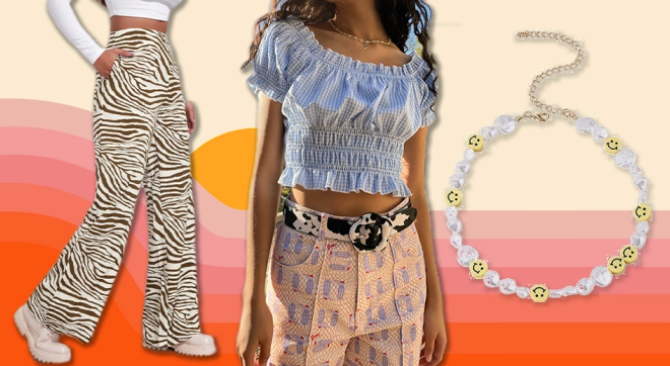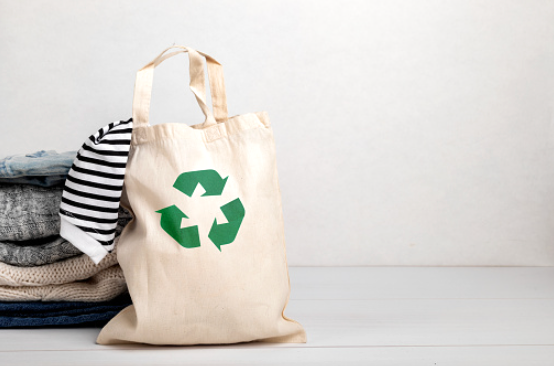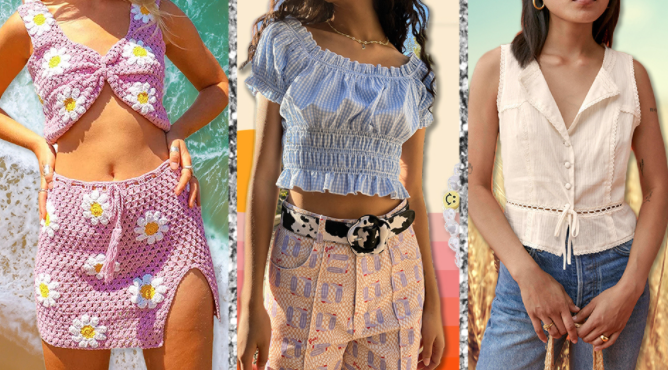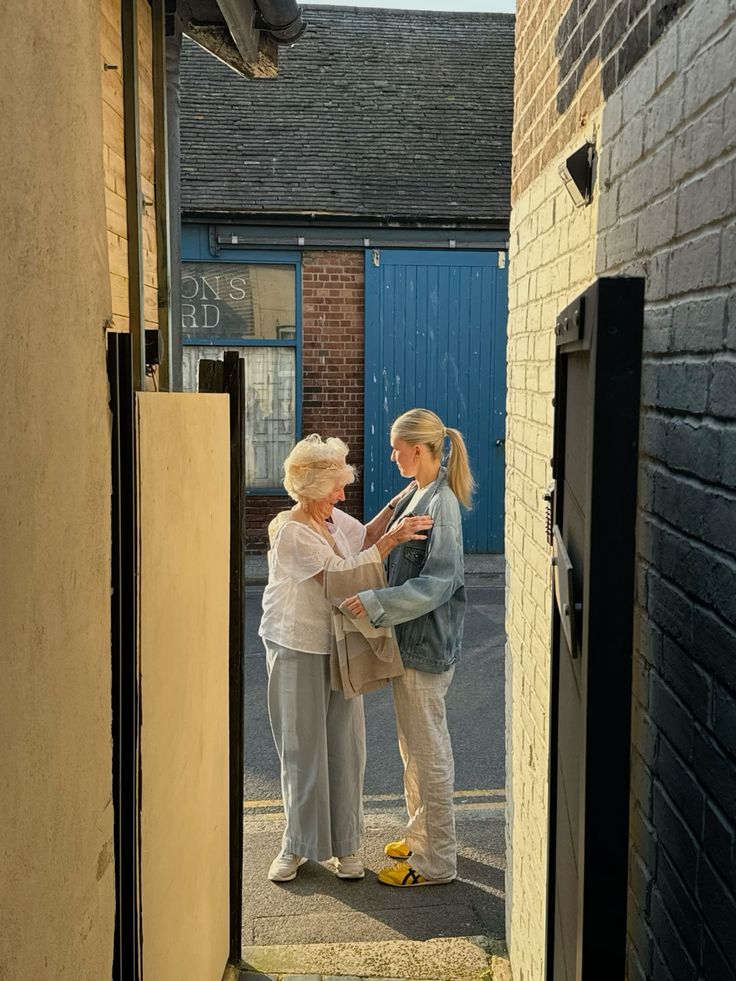The rise and fall of fashion trends have never been linear; modern fashion trends often undergo a cyclical lifespan. When we see someone we admire in the media wearing something unique and exciting, suddenly our entire media block is overwhelmed with this piece or accessory. We can see this working first hand with phone charms, Filas, plastic beaded jewelry and corset tops.

Although all of these pieces may seem like a new way to invest yourself into the realm that is contemporary fashion trends, there is far more that plays into a piece of clothing or accessory that you wear for a few months. Buying into these “microtrends” is the type of behavior that fast fashion industries thrive upon and is one of the driving forces of the globally harmful effects of the fast fashion industry.
Microtrend Definition
A microtrend is a trend in the fashion industry that rises rapidly and falls at an equal or even more quick rate than it rose. Liana Satenstein, a fashion writer at Vogue Magazine, reveals the depth of microtrends through some of her recent, most viral TikTok videos, discussing some of the pieces that you may currently love and how they are functioning as a microtrend.

It is no doubt that fast fashion is all around us; it allows the things we see and want to be bought for very low prices, distributed quickly and shields us from the harmful effects that their production has not just on the environment.
A large majority of fast fashion production takes place in under-developed countries and the reason for their inexpensive process is due to the fact that the primary producers are not being paid adequate wages for the work they are doing. Not only are these companies very vague and dismissive with the question of their sourcing and manufacturing, but they have also been confirmed to have relied on child labor for their production. With the amount of new clothing they are producing each week, it is impossible for them to ever produce long-lasting clothing at a sustainable rate.
Microtrends are just one of the portions of the fast fashion industry that result in overconsumption.
In order to do your part in microtrend deflection, here are a few methods of how to get ahead of the black hole that is microtrend overconsumption:
Buying Secondhand

Secondhand clothes are often the remanence of someone’s closet that they’ve brought in because their articles are either no longer fitting or they were just overworn and are taking up space in their closet. If we consider the trend cycle, there is a chance there you may find something extremely similar to the article of microtrend you are looking for at a thrift store or a second-hand purchase store or apps. Buying secondhand is a far more sustainable option for clothing purchase, buying from the source, especially a notable fast fashion source, only fuels the fire of overconsumption.
Observation
Sometimes observing from the outside, (I.e. allowing your feed to be full of microtrends but not caving into the purchase pressure) is the safest play in the book. It’s often that we keep certain pieces in our closet because they’re comfortable, remain in good condition after multiple wears or they hold a special meaning to us.
Universal Basics

Basic in the fashion world has an unfortunate connotation to it, but basics are the building blocks of personal style, especially basics that serve their purpose for a longer duration of time. Silk Button blouses, your favorite Little Black Dress, a durable pair of flattering jeans are just a few basics that can be built upon to create unique outfits through accessorizing or fitting manipulation. Instead of outfits that are worn once and then collect dust in our closets until we finally have the courage to do away with them.
Shop Sustainable

Shopping sustainable brands mean that you support companies that adequately pay their workers, are transparent with their manufacturing and production and where you purchase long-lasting articles of clothing. One way to tell if a company is sustainable or not is by checking the company on Good On You, a website that rates brands on their ethical and sustainable production.





